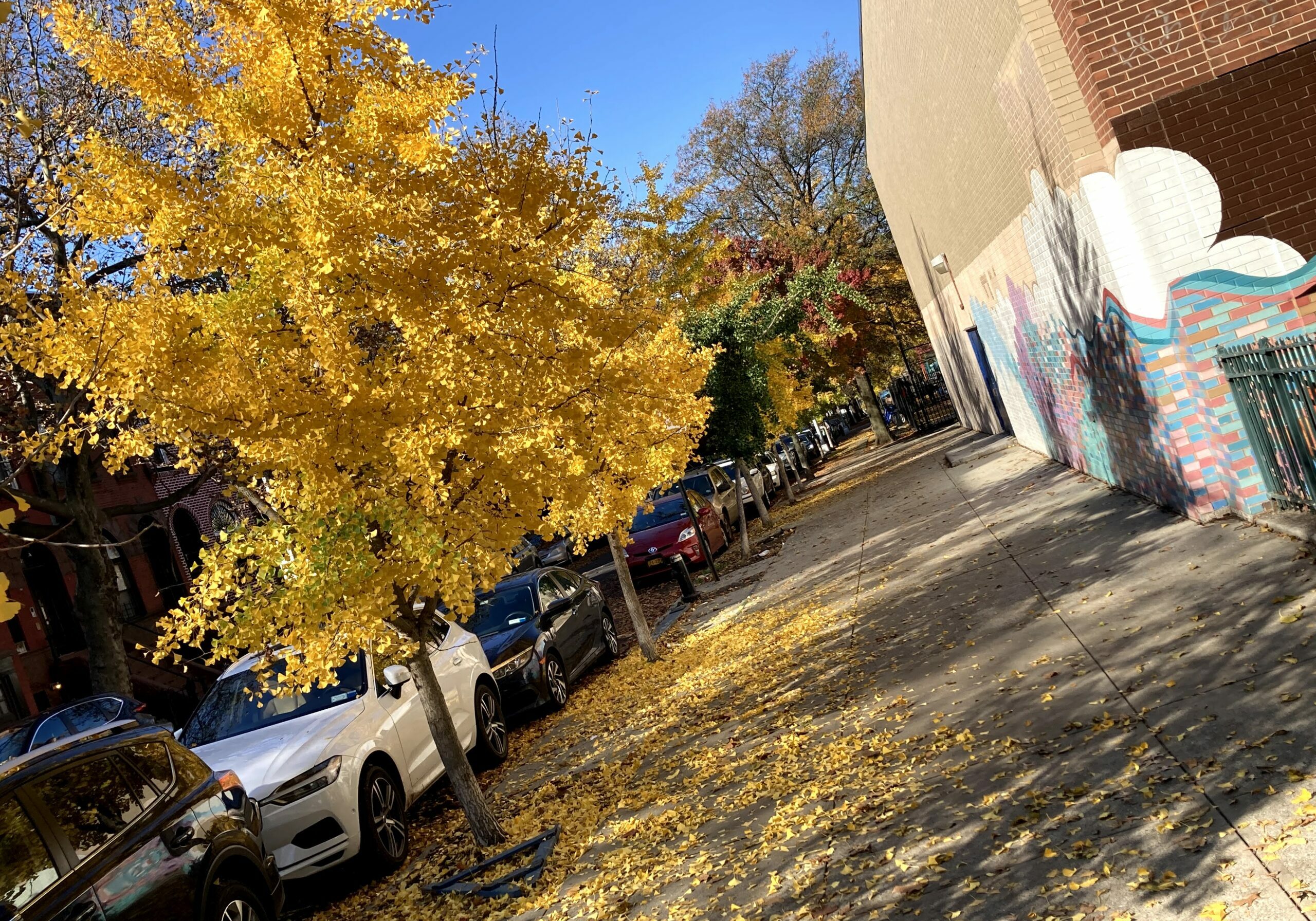January 3, 2024
A useful framework for reframing change

Some people will be resistant to change regardless of how good the new thing is, how much it will improve their experience, and how well it’s communicated.
Change aversion varies from person to person because it depends on so many unique facets.
Like how much uncertainty people can tolerate, how much control they require, how much inconvenience they can handle, how effectively they cope with loss, how fast they learn new things, and how deeply they trust themselves and one another.
It’s a wonder anyone ever introduces anything new!
Particularly with a group of people. When change is on the horizon, the villagers always grow unsettled. The pitchforks and torches come out to demonstrate their united front against the powers that be.
I found a study showing that organizations spend more than ten billion annually on change transformations, and yet, more than fifty percent those of efforts will fail to meet objectives. Often because the organization neglected people’s individual interests, or failed to sufficiently empower them, or didn’t make the change rational enough.
The researcher’s conclusions were that it must be in the individual interests of employees to change their behavior. Because people don’t willingly and proactively behave in ways that seem detrimental to their perceived goals. They prefer change that they choose for themselves, versus change that is mandated. Without that engagement, only a minority of change programs will change people’s contexts sufficiently to produce the new behaviors that the program requires.
When I think back to every company I’ve ever worked for, each of the above researcher’s insights on change aversion resonate with me. From switching to new desks, adopting different tech solutions, pivoting the company vision, trying an alternative team structure, migrating to another chat platform, and adjusting to the leadership style of a succeeding executive, I’ve had my share of changes.
And some of them I dealt with poorly, some I handled like a pro, and everything else in between.
But my takeaway from all those experiences was, the onus is on always me. Every time. When change is swirling around me, it’s nobody else’s job to make it easier on me. That’s my responsibility as a mature, autonomous adult.
I choose to actively engage with change on a personal level. I will take control on how I perceive and respond to them.
With that, I’ve put together a personalized model for reframing changes to align with my interests and motivations. I suggest you leverage this tool as a guideline to navigate the twists and turns of life, whether you work in an organization or not.
The model contains seven elements, each of which spell out the word, reframe.
I selected that word because reframing is what puts your thoughts into a more useful and compatible form, creating a new system of words that works better for your brain.
And for each element of the model, I have a reflection question and a use case from my own life.
First, reflect on your values.
What aspects of the proposed changes resonate with your unique motivations?
In the early pandemic when remote work first became the norm, I struggled with the transition. Working from home made me feel lonely, detached, sloppy and aimless.
Although I quickly realized, wait a minute, this is the best thing that ever happened to me. Now I can fold my many hobbies, interests, projects and meaning making activities into my workday. I can do laundry at two in the afternoon on a weekday!
This provided me with a level of fulfillment that never would have been possible in a traditional office environment. Working from home was a radical change, no doubt, but it resonated with my intrinsic values.
Whereas if my employer had decided to pay me five percent less a year because they implemented more sustainable practices to reduce its carbon footprint, I would be royally pissed. I think climate change matters, but environmental impact is simply not central to my motivations.
Another reframing piece is, explore the benefits.
Which of my personal and professional interests can now be better achieved in light of this change?
I remember the first job where I worked west coast hours. My coworkers would not start their workday until about noon, my time. This was a dramatic change compared to my previous jobs, which all started around nine.
Suddenly I had three or four additional hours in the morning to do with whatever I wished.
But rather than sleeping later, I still woke up at dawn like I did before. I just spent more time in the morning writing, walking my dog in the park, and having breakfast with my wife. All these other parts of my identity experienced an instant quality of life improvement.
My daily schedule change was not only easy but enjoyable to adjust to, once I viewed it through the lens of my own interests.
Third, find opportunities.
Which of my current skills and strengths can I leverage within these changes?
Another monumental shift that terrified the world was artificial intelligence. When large language models came on the market, every writer on the planet made the same two comments.
Holy shit, this is the most amazing technology invented since fire; and holy shit, I am never going to work again.
My standing joke with my wife was, maybe I should learn welding.
The good news is, the tech wasn’t going to replace me, only elevate me. I now use these tools almost every day, and they’ve aided me by extending the reach of my creative powers.
Chatgpt made me a better creative director, someone who can elicit the best performance out of others. The large language models will probably become sentient and activate the robot apocalypse in the near future, but until then, they still help my own ideation become more comprehensive by pointing out possibilities that might otherwise be overlooked. That kind of change turns into dollars.
Question number five is to reshape change into growth.
How will overcoming these challenges today enhance my adaptability long term?
Change aversion is normal, since it’s essentially the fear of death.
Let’s not sugar coat it. That’s what it all boils down to. Something is lost. Something dying. Maybe it’s a belief or a habit, a way of life, a relationship or a level of status, or an aspect of our identity. And there’s nothing we can do to stop it.
Thankfully, we can buttress our grief by envisioning the gains. We honor what’s going while also leaning into what’s growing. Dylan famously sang, he who is not busy being born, is busy dying.
But what the poet forgot to mention was, the two processes are happening at the same. For every loss we tally, there is an equal gain around which we can rally. It’s simply a matter of mindset.
Five, align with goals.
How will these changes help me progress toward my aspirations?
Similar to the first question around values, it’s always helpful if you’re clear on your desires. Change comes easier when you know who you are.
That’s a pattern I’ve noticed with people who thrive in transitions. If they’ve already done put in the existential labor of figuring out how they make meaning in the world, they can handle anything. Suffering doesn’t retract its bloody claws, but the wounds do heal faster.
My friend once told me, crisis rewards us for the good decisions we’ve made, and punishes us for the bad ones we’ve made. If you want to navigate change expertly, view it as progress toward your aspirations.
Reframe change as you getting exactly what you needed at the right time in your life, so that you could turn the page to the next chapter.
Even if that story is not factually true, it still improves your experience.
Six, maintain communication.
How will I consistently check in with myself to reflect on my thoughts and feelings about these changes?
One helpful tool for conceptualizing change is to view it on a continuum. Anytime something new comes down the pike that requires me to alter my thinking and behavior, I say to myself, okay, let me see where this change sits on the range of other changes I have made, or will make, in my life.
Will this be a simple logistical adjustment, like taking a different subway line to work each day? Or is it something more constant like transitioning from wearing glasses to using contacts? How much of a significant lifestyle shift will this change create? Is this like quitting soda, or more like becoming a vegetarian?
One is not better than the other, it’s all about perspective.
Seven, embrace a learning mindset.
What new skills, knowledge and perspective will I gain from this change that will outweigh the pain?
When our department head introduced a new project management system for our marketing team, all of us were naturally resistant. Especially me, as I am not the classic planning, detail oriented archetype. I’m more of a strategic, big picture ideas guy.
But as frustrating as it is adopting a new software system, I kept reminding myself, no, this is actually good. It’s going to force me to communicate more comprehensively about my projects. Making the transition will be frustrating and tedious, but only for about six weeks.
Long term, the experience will make me a better leader, which will last a lifetime.
In summary, here are the elements of the reframe mode.
Reflect on values, explore the benefits, find opportunities, reshape change into opportunity, align with your goals, maintain open communication.
Next time you’re tempted to grab a pitchfork and a torch, remember two things.
First, change aversion is normal, and it’s different for all of us.
And two, the onus is on you.
It’s nobody else’s job to make change easier on you.
How will you actively engage with change on a personal level?

